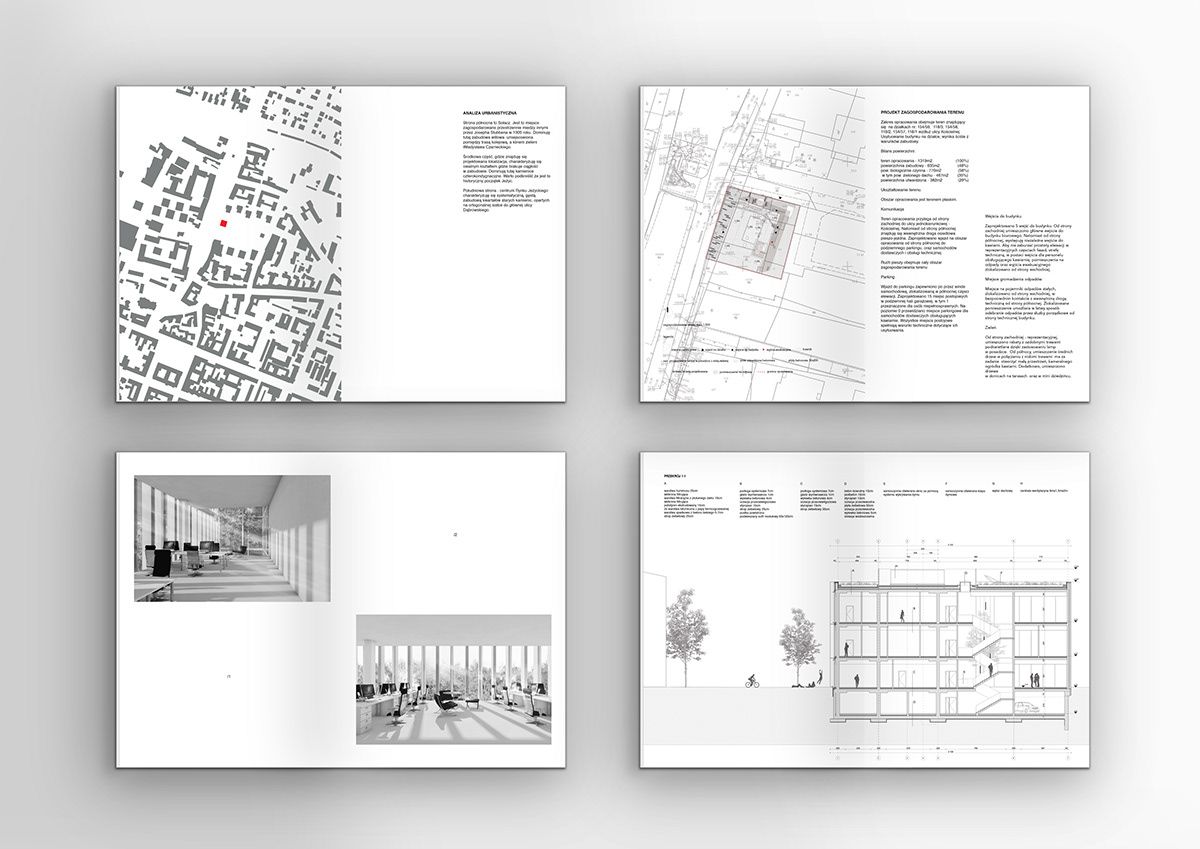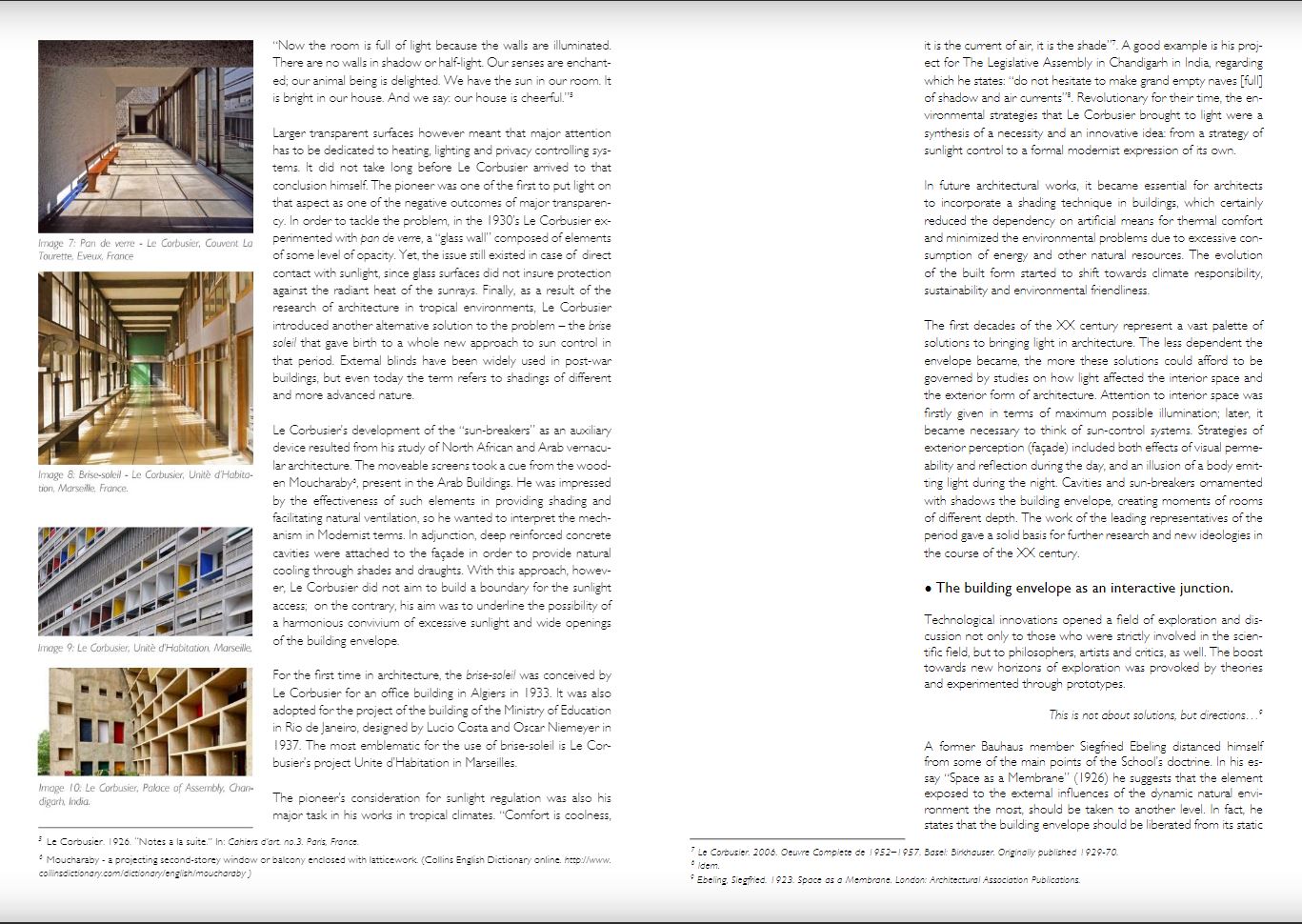- home
- Articles
- Architectural Portfolio
- presentation
- Architecture News
- visualization
- Freelance Architecture
- Schooling
- Parametric Design
- Landscape Architecture
- Construction
- Interior Design
- Schooling
- Artificial Intelligence
- sketching
- Design Softwares
- diagrams
- writing
- Architectural Tips
- Roofing
- sustainability
- courses
- concept
- technology
- projects
- visualization
- Competitions
- Store
- Contact
- My account
- home
- Articles
- Architectural Portfolio
- presentation
- Architecture News
- visualization
- Freelance Architecture
- Schooling
- Parametric Design
- Landscape Architecture
- Construction
- Interior Design
- Schooling
- Artificial Intelligence
- sketching
- Design Softwares
- diagrams
- writing
- Architectural Tips
- Roofing
- sustainability
- courses
- concept
- technology
- projects
- visualization
- Competitions
- Store
- Contact
- My account

10 Lifesaver Portfolio Tips for Young Architects and Architecture Students
A portfolio is an organized collection of your best work that showcases your skills, capabilities, and accomplishments, especially in a creative field such as architecture where it becomes a requirement and has to be well designed to be able to satisfy the client/firm. Here are 10 lifesaver portfolio tips for young architects and architecture students.
- Create a minimalist portfolio

Make your portfolio minimal. Do not be so extensive. Do not include all the projects you have done to prove yourselves. A prospective client or recruiter doesn’t have time to wander through all your work. It is one project that defines you the best. Present it first. They always want to see your best stuff and as little of it as possible.
- Emphasize who you are

Keep in mind that it is you that they are hiring for. The portfolio is the representation of yourselves in your absence. So emphasize who you are through every project you present. Your photo ID does not define your personality, but an illustration or an image in your portfolio does. Do not hesitate to include the good poems you wrote, the great pictures you captured, and the essays you curated.
- Concentrate on the content
Architecture portfolios always become the representation of the skills of a person. It is often filled with admirable drawings and beautiful renders. But, what you miss out on in a portfolio is the content you have in mind. Getting immersed in doing the precise drawings and colorful renders, you shall not concentrate on the content. Beyond your drawings and renders, the content gets you to where you want yourselves to be.
- Presentation is as important as the content

Does focusing on content enough for a successful portfolio? Definitely not. Presentation is what makes your content being understood. And again, the presentation is not about filling the pages with renders and drawings. Presentation is the tool to express your approach and intent. It may be the process diagrams, abstract sketches, or concept drawings that well explain your design.
- Be consistent with your visuals

Another important thing about the presentation of the portfolio is being consistent visually throughout. Always plan the content, theme, and narrative of your portfolio. Making portfolios without planning may end up clumsy and unimpressive. Always be clear with the theme and scheme of your portfolio, which makes it well composed and consistent.
- A long portfolio does not mean a great portfolio
Portfolios with a lot of pages are rarely looked at entirely. Architecture offices receive dozens of portfolios a day and so it is important to be short and straight to the point. Obviously, there is no specific length for a good portfolio, but definitely, a portfolio of 40 pages with 10 projects of yours would seem too long and boring. Be short and specific about what you have to present and remember your portfolio would not be skimmed for more than a minute.
- Architecture is not only about visualization

Architecture is still not a field that focuses only on the visualization of buildings and spaces. It is moving towards research and so the mastery of theory is becoming crucial. Demonstrate your analytical and intellectual knowledge behind the process of a building and make them evident in the presentation of your work.
- There is no excuse for grammar or spelling errors

What is often left out in an architectural portfolio is the grammar and spelling errors. But there won’t be any excuse for those. These errors may prove you unprofessional and unfit for the position. Hence, pay attention to your grammar and spelling. Do use Grammarly and other similar tools for checking your grammar.
- It’s not only about making, but also delivering it
Delivering your portfolio in the right way is much more important than making it. The text in the body of the email should be brief and attractive. Honest letters are better than very formal letters. Also, make sure your portfolio is easily accessed by the recruiter. Make your portfolio below 15 MB, and do not send a drive link to your portfolio. And be careful not to forward the same e-mail to all offices that you intend to look for a job at.
- Always tell the truth
The last but not least, always tell the truth. You shall do changes according to the office you are applying to. But don’t invent or exaggerate in the portfolio to get the job. Just be yourself.
Submit your architectural projects
Follow these steps for submission your project. Submission FormLatest Posts
Philip Johnson Architectural Biography: A Visionary Who Redefined Modern Architecture
Explore the life and legacy of Philip Johnson, the groundbreaking architect who...
Comparing Industrial Metal Siding Panels: Aluminum vs Traditional
Do you want to get better performance and durability of your industrial...
Empire State Building: Icon of American Architecture and Art Deco Brilliance
Discover the Empire State Building's legacy as an American architectural icon. From...
How to Select the Best Cast Iron Radiator for Your Space
Cast iron radiators have been a preferred choice for heating systems because...












Leave a comment